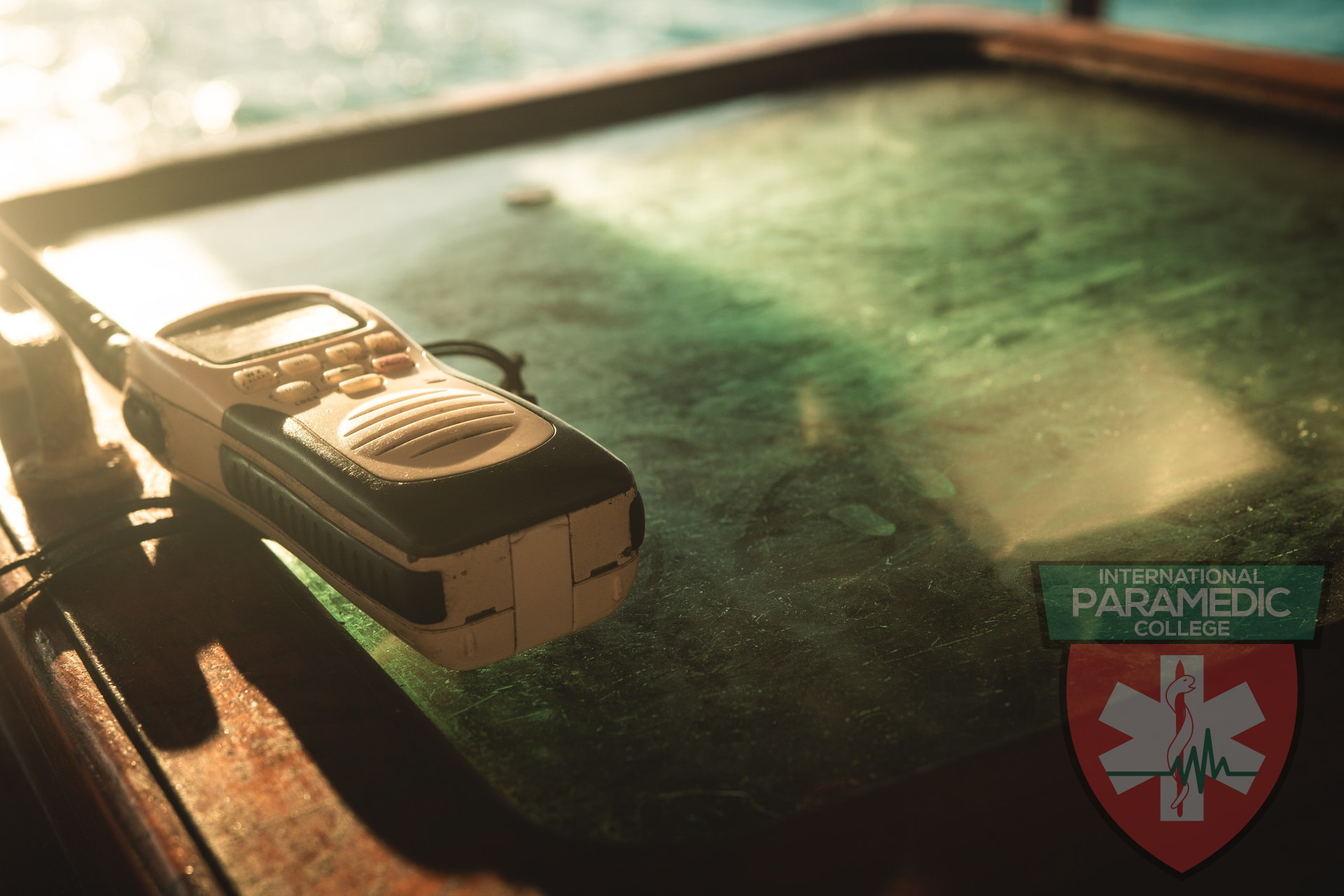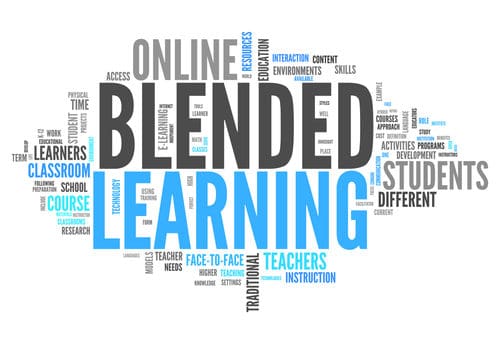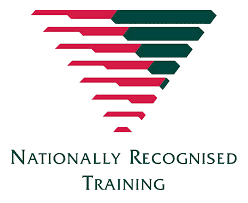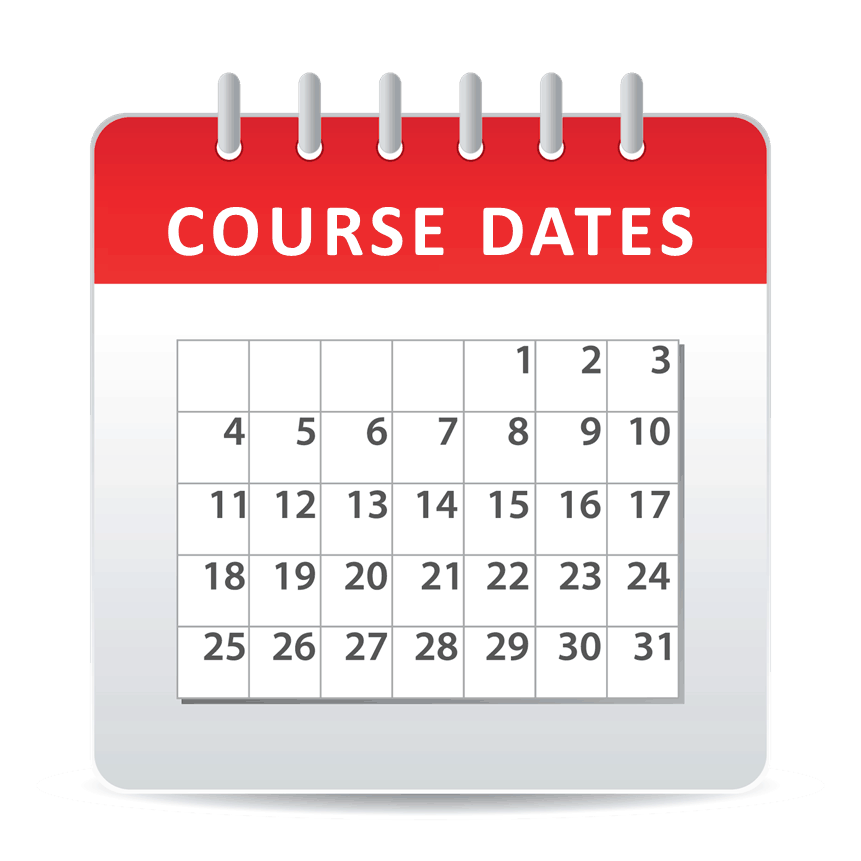HLTAMB012
Communicate in Complex Situations to Support Health Care

What you will learn by studying this unit
- How to communicate with patients and/or colleagues
- Use effective communication techniques
- Convey and receive information using available modes of communication
- How to promote a positive public profile
These units are common units in the paramedical and general health care sector training and education courses.
All our units are written by us and have a paramedic/prehospital care focus
Paramedical EMT First Responder Courses and Learning Pathway to Becoming a Paramedic
HLT21020 Certificate II in Medical Service First Response
HLT31220 Certificate III in Basic Health Care
HLT31120 Certificate III in Non-Emergency Patient Transport (NEPT)
HLT41120 Certificate IV in Health Care (First responder EMT Medic)
HLT51020 Diploma of Emergency Health Care (Paramedical Training)
Health & Administration Units
HLT37315 Certificate III in Health Administration
HLT47315 Certificate IV in Health Administration
HLT37215 Certificate III in Pathology Collection
Nursing & Community Services Units
CHC43115 Certificate IV in Disability
CHC43015 Certificate IV in Ageing Support
HLT51020 Diploma of Nursing
Elements and Performance Criteria for this Paramedic/Medic unit
What does this mean? Elements, which tell me what I should be able to do if I am competent in this unit of a course; Performance Criteria, which tell me how I can show that I am competent in the individual tasks or activities to the required standards
|
ELEMENT |
PERFORMANCE CRITERIA |
|
Elements define the essential outcomes |
Performance criteria describe the performance needed to demonstrate achievement of the element. |
|
1. Communicate with patients and/or colleagues |
1.1 Establish rapport through open, sensitive, and confident manner 1.2 Obtain information from patient or others with sensitivity and respect for confidentiality as demanded by the situation 1.3 Convey information to patient or carer about care procedures in a manner and at a time consistent with the overall need of the patient and the situation as a whole 1.4 Clarify and respect the role and authority of allied personnel involved in the situation 1.5 Monitor patient’s understanding of information and adjust the mode of communication according to the needs and urgency of the situation |
|
2. Use effective communication techniques |
2.1 Introduce self appropriately and ensure communication with patients and colleagues reflects an understanding and respect for individual differences and needs 2.2 Use interviewing and active listening techniques to identify, clarify and confirm situation needs 2.3 Detect any barriers to effective communication and ensure communication is clear and relevant to situation, context, and activities undertaken 2.4 Observe discretion and confidentiality, and treat patients, members of the public and colleagues with respect at all times, especially when using touch and other non-verbal means of communication 2.5 Identify early signs of potentially complex or difficult situations or problems, and respond in a caring, firm, confident and reassuring manner 2.6 Deal with conflict or the potential for conflict in a manner that prevents escalation. 2.7 Seek advice and assistance about communication difficulties with patients and colleagues from a supervisor to maintain effective communication. |
|
3. Convey and receive information using available modes of communication |
3.1 Use communication codes and equipment correctly. 3.2 Convey complex information clearly and accurately using job-specific communication systems 3.3 Acknowledge and where required clarify information received using active listening to ensure information is correctly understood |
|
4. Promote a positive public profile |
4.1 Complete all documentation for required reports and records accurately and within identified time frames 4.2 Ensure clarity and accuracy of all recorded communications with people involved with health care support outside of health facilities and services 4.3 Ensure standards of personal presentation are appropriate to the organisation |
Performance Evidence for HLTAMB012 Communicate in Complex Situations to Support Health Care
The candidate must show evidence of the ability to complete tasks outlined in elements and performance criteria of this unit, manage tasks and manage contingencies in the context of the job role. There must be evidence that the candidate has:
- verbally communicated to patients and developed responses to meet the differing needs for each of the following 5 complex situations:
- extrication from a motor vehicle accident
- providing emergency care to a person intoxicated of substance misuse
- providing emergency care to a person who has a mental health condition
- providing emergency care to a person who has been assaulted
- providing emergency care to a person stressed due to a life-threatening situation
- provided complex information clearly and accurately using a written response on at least 1 occasion.
Knowledge Evidence, HLTAMB012 Communicate in Complex Situations to Support Health Care
The candidate must be able to demonstrate essential knowledge required to effectively complete tasks outlined in elements and performance criteria of this unit, manage tasks and manage contingencies in the context of the work role. This includes knowledge of:
- effective communication techniques appropriate to communication requirements of specific job role, including:
- codes and communication terminology
- preparing handover reports
- communication and interpersonal skills, including:
- using interviewing techniques
- asking questions
- using active listening
- asking for clarification and probing
- responding to a range of views
- showing empathy with patient, carers and/or colleagues
- demonstrating awareness of complex communication needs of a person with hearing difficulties or speech impediment
- demonstrating awareness of complex communication needs of people with:
- communication-related disabilities
- mental health conditions
- pharmacological and alcohol addiction or misuse
- adverse behavioural responses to unfamiliar environments
- complex communication needs of a person under stress due to situations to themselves or others such as trauma, death, and life-threatening situations
- organisation operating procedures applying to identified situations where complex communication needs may be present
- relevant communication codes and systems
- referral processes of organisation and counselling services
- roles of relevant allied health personnel
- relevant guidelines and organisation procedures relevant to the job role
Assessment Conditions for HLTAMB012 Communicate in Complex Situations to Support Health Care
Skills must have been demonstrated in the workplace or in a simulated environment that reflects workplace conditions. Where simulation is used, it must reflect real working conditions by modelling industry operating conditions and contingencies, as well as, using suitable facilities, equipment and resources.
The skills in this unit must be applied in accordance with Commonwealth and State/Territory legislation, Australian/New Zealand Standards and industry codes of practice.
To see more details on this paramedical unit (HLTAMB012 – Communicate in Complex Situations to Support Health Care) click here to view the full details here on training.gov
Pre Hospital Care and Health Care Jobs and Career Choices
Jobs and careers in the growing health sector are expanding and rapidly changing with advances in patient care and management. These units can be used across many roles in the health and community sector. Develop a career plan and have research our units and qualifications to see what might fit with your plan. For assistance, Contact us
Book Your Course Online Now

Locations Available
Click here to see our public course locations





